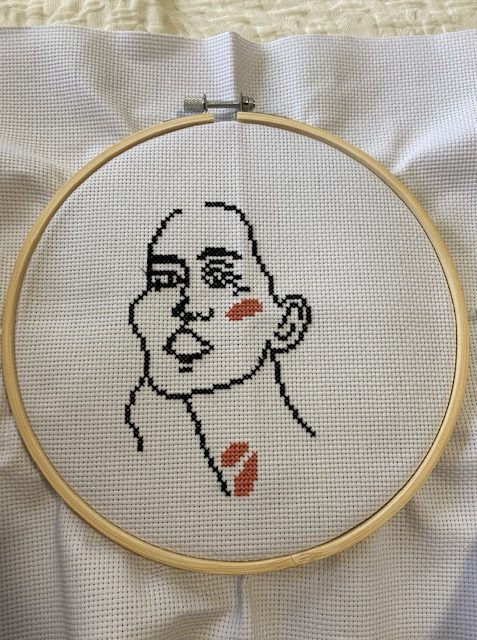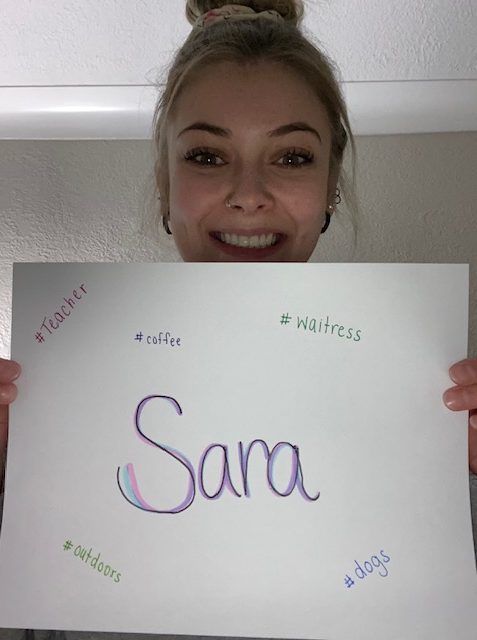
My name is Sara Bellavance and I am excited to continue my teaching career. I was born and raised in Regina Saskatchewan and have had experience in the Prairie Valley School Division for the past year. Throughout my life I have taken part in various community-based sports and social programs. I was also always involved in extracurricular programs throughout my elementary and high school career. I was particularly very involved in the music programs at my high school; taking part in band, choir, and our school musicals. Being involved in so many activities growing up has played a strong role in the person I have become and the values I possess. I believethat community involvement and extracurricular activities are an essential part in schools. This allows children to experience more than just the curriculum;allowing them to develop self-interests contributing to their identity. These programs also allow children to meet and interact with more or different people they wouldn’t normal see in the classroom, which I believe is very important to their social development and the making of friends. So far in my teaching career, I have not been able to participate in any extracurricular activities through the schools I have been in. This year, the COVID 19 pandemic has put a pause on extracurricular activities. This does not discourage me from getting involved in these experiences in my future practices.In particular, I would love to be a part of choir programs, drama programs, or any sports programs such as volleyball.
I was fortunate enough to be hired right out of my internship teaching kindergarten in Southey, SK. I am so grateful for this experience as I have a wonderful group of students who have taught and learned alongside me in my first year as a teacher. Along with planning, teaching, and assessing the kindergartens, I have worked on building relationships with each student, rearranged our classroom multiple times to provide more room for learning and playing, created new math, literacy, art, science, dramatic play, sensory, and block learning centres allowing the students to explore different concepts they will explore throughout the school lives. I have also completed the EYE assessment and had the Early Learning Consultant from PVSD visit the classroom for more information and tips on teaching early years. I have also been subbing in the Prairie Valley School Division since January which has allowed me to experience different age groups of students and classroom management techniques.
I have a rich amount of experience from previous employment that has supported me in the classroom. I have been a server and in the restaurant business which has strongly influenced my multi-tasking and communication skills which are both essential in the classroom. I worked for the YMCA in the Before and After School Program where I worked with children from grade 1 to grade 6 running a classroom like setting. I was able to appreciate the importance of connections with both students and their families in the school like setting and allowed me to develop many classroom management skills I continue to use in my daily practice. Another position which hasenhanced my love for teaching and the required skills was the Little Movers Instructor at the University of Regina’s Summer Sports School children camp. In this position, I ran the four and five-year-old section of the summer camp. I was responsible for creating a pre-school like setting planning and facilitating all activities such as projects focused on science, art, and physical activities for the children of the camp.

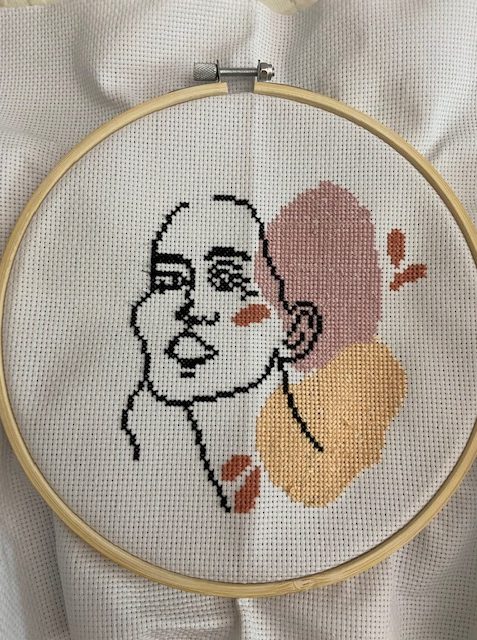
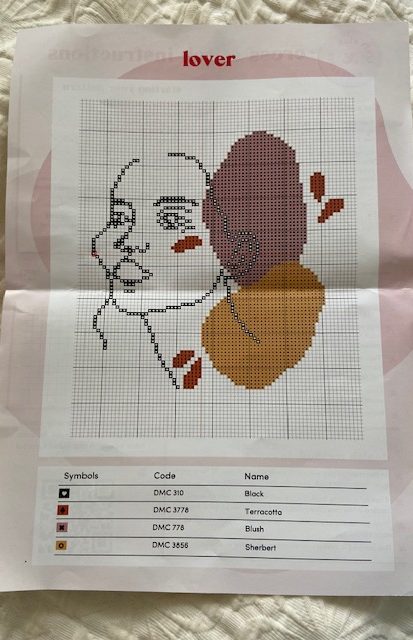
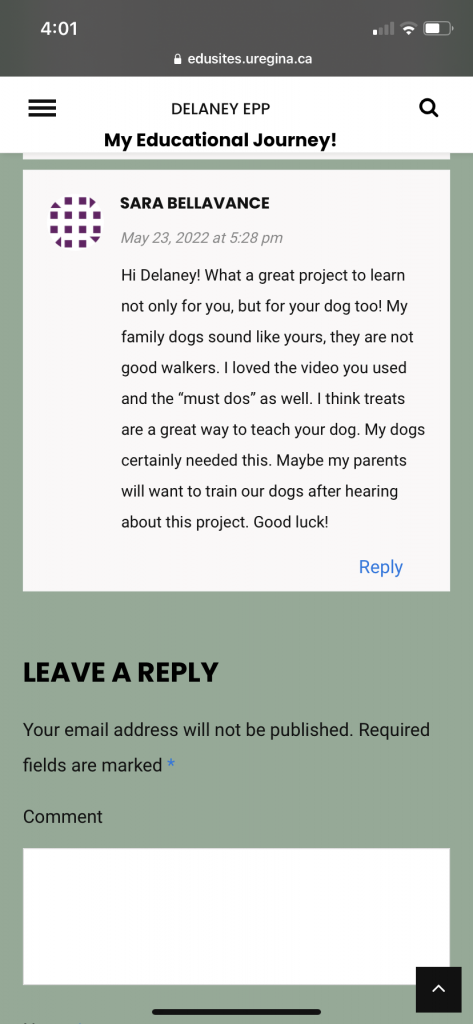
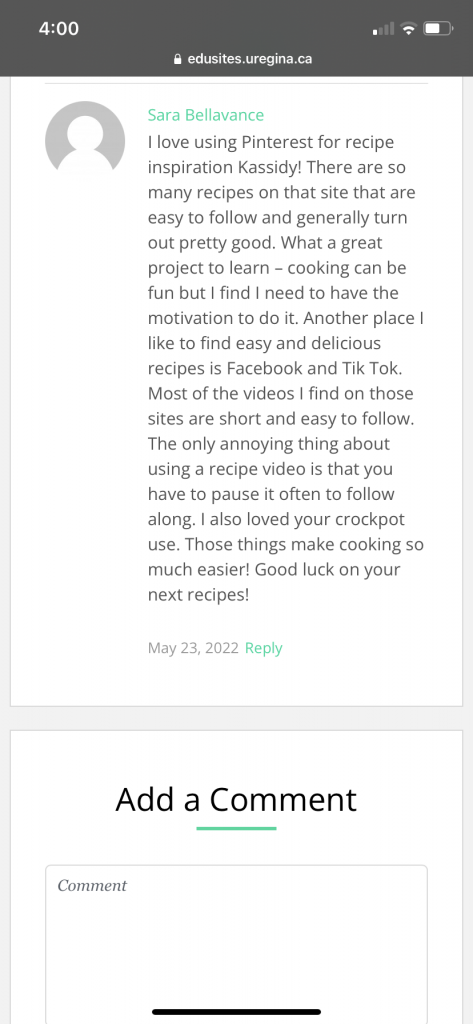
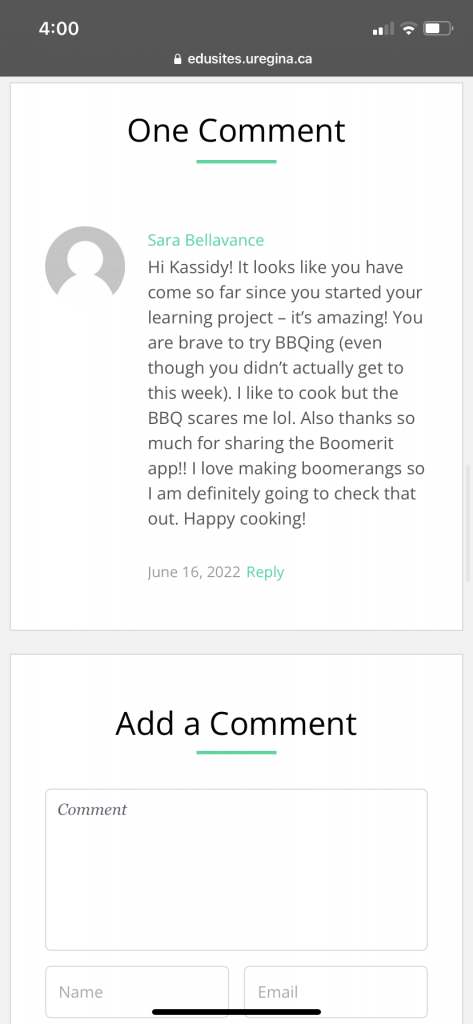
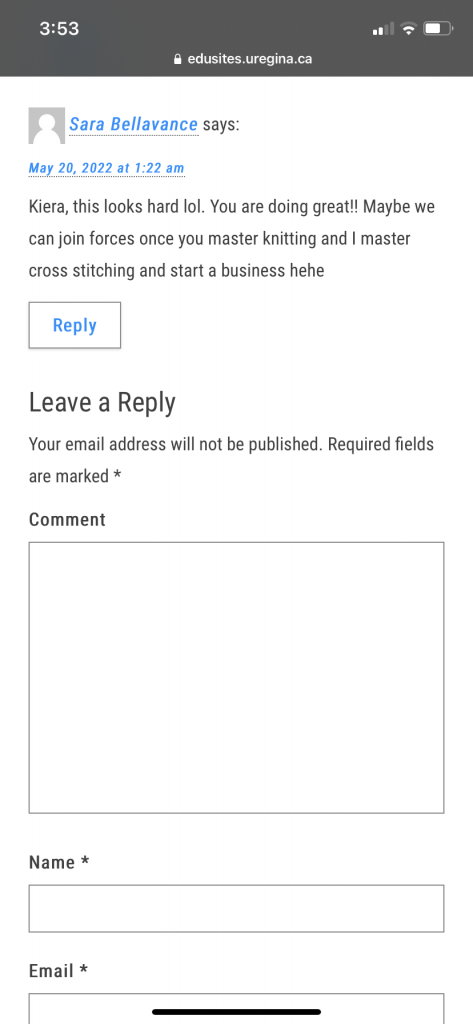
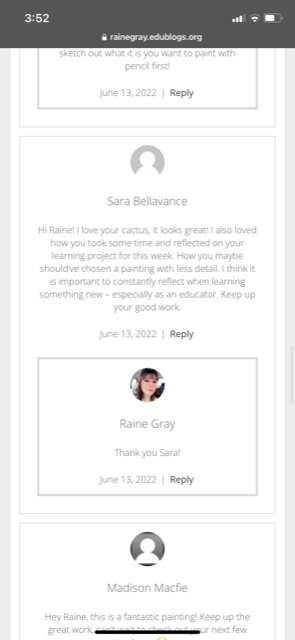
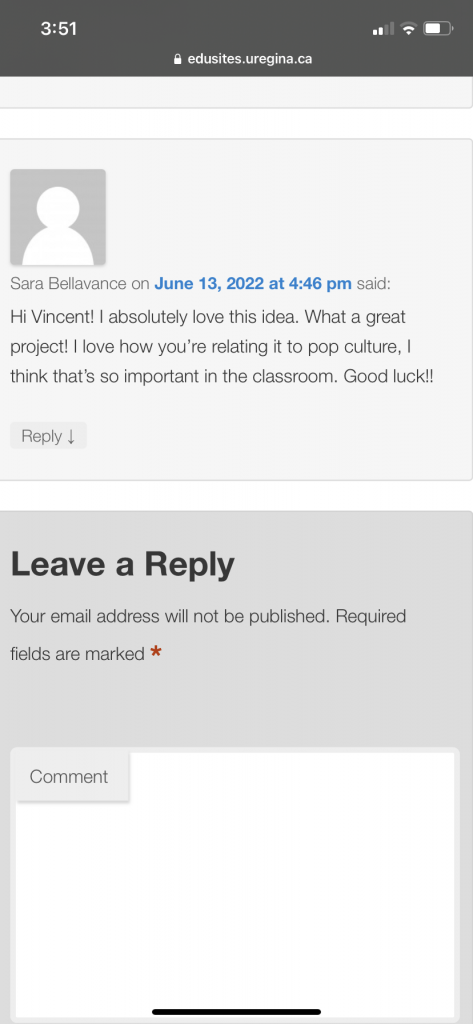
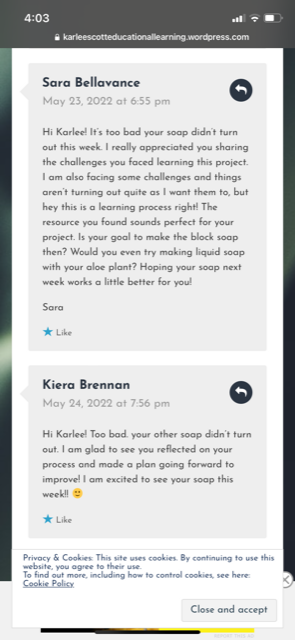
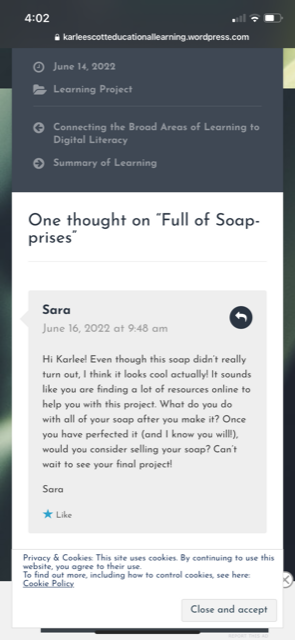
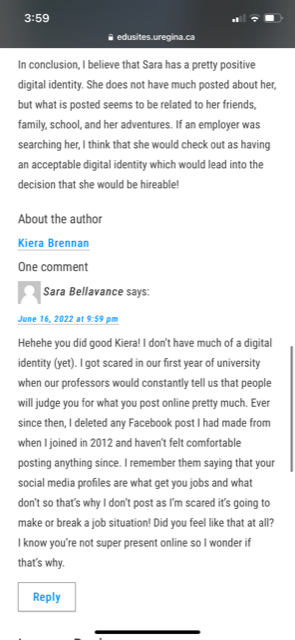
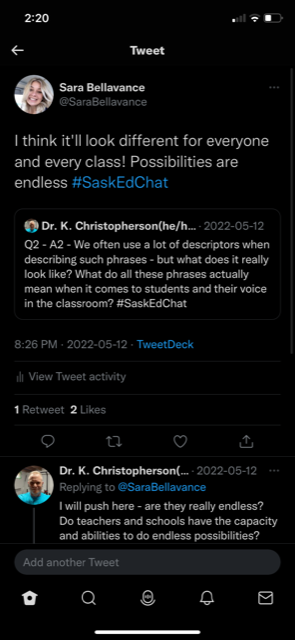
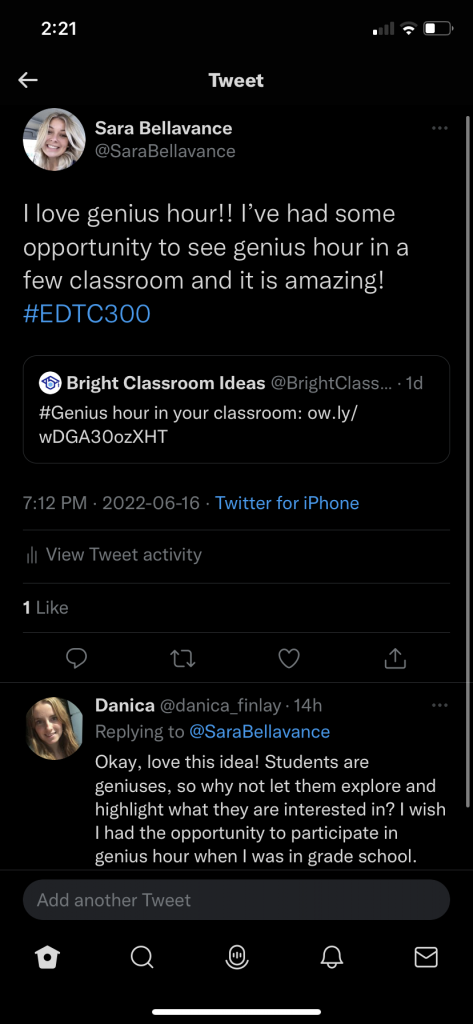

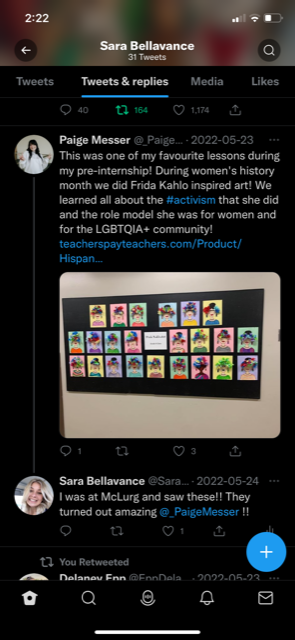
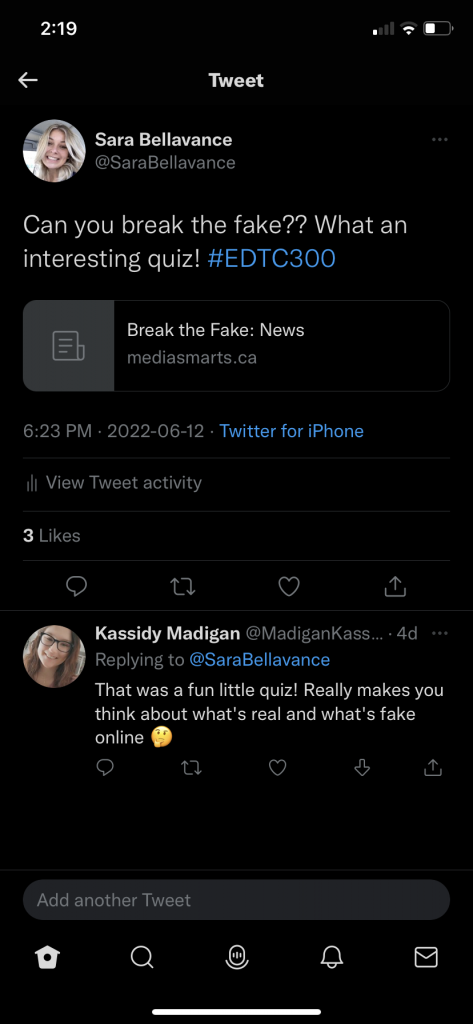
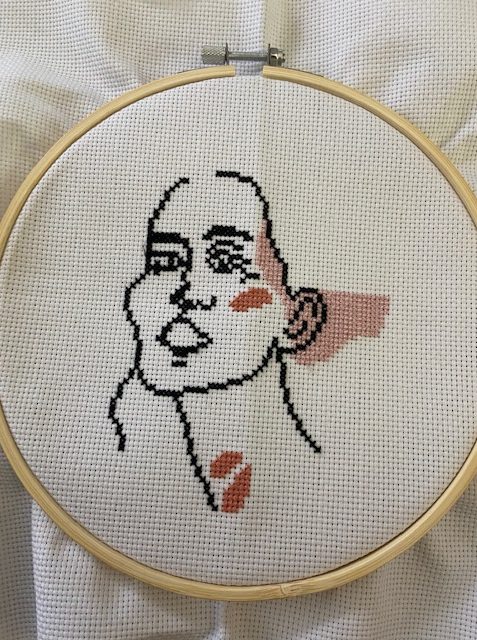
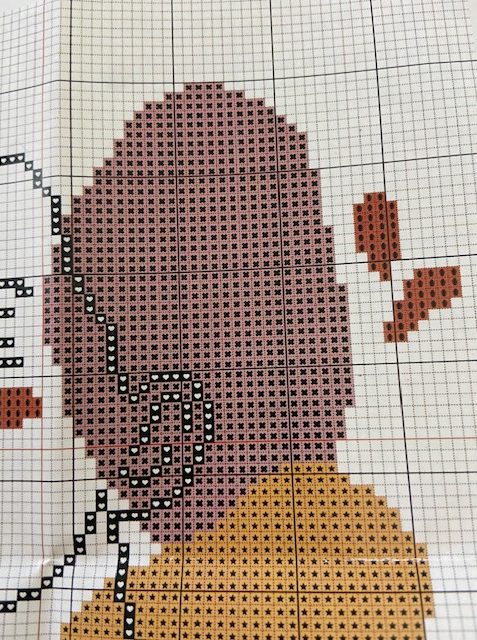
:max_bytes(150000):strip_icc()/Getty_screen_time_children_ignoring_each_other_LARGE_JGI-Jamie-Grill-58124e615f9b58564cc66168.jpg)

